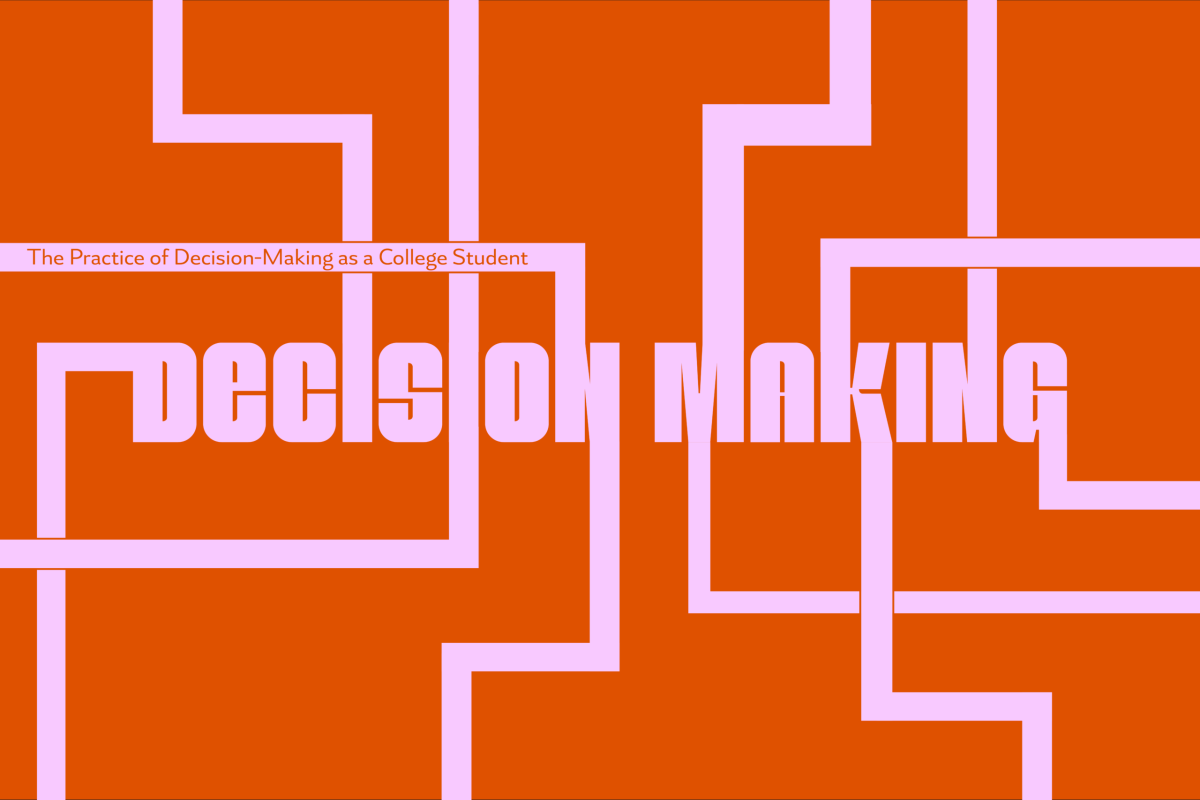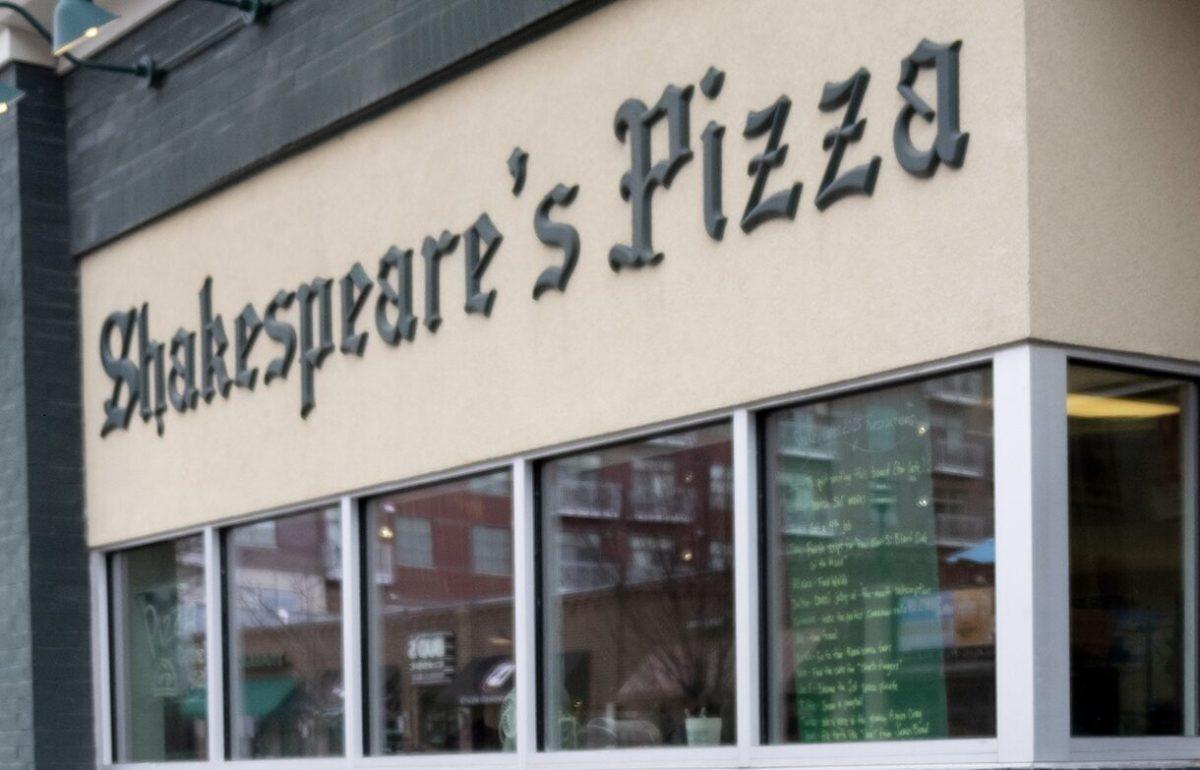We have become accustomed to filling in tiny, numbered bubbles. From various applications to Scantron sheets, we have perfected the task of filling in the circle next to the best-fit answer.
Fill in your last name then first name, address, phone number and your date of birth. Finally, select the race or ethnicity by which you identify yourself. There will always be the usual — white/Caucasian, black/African-American, Asian, Hispanic and Native American. While this is an easy step for many people, others pause with pens lingering over these seemingly simple directions.
When you are not just one ethnicity, the directions get blurry. “Check all that apply” makes life a little easier, but when that is not an option, people with a multicultural background have a hard time filling in that tiny bubble.
According to [a report from CNN](http://inamerica.blogs.cnn.com/2012/09/27/census-more-people-identify-as-mixed-race/?iref=allsearch), an increasing percentage of people have identified themselves with more than one race in the latest censuses. The article goes on to explain that this is not necessarily due to an increase in interracial couples but because more people have decided to recognize other ancestors.
This got me thinking about what America looks like today. When other countries look at America, do they visualize a black or white individual, or a sea of faces in all different shades?
I hope the latter. The typical American is no longer just a white, medium-income male. It is also an African American, a half Hispanic-half white male, an Asian American.
As a melting pot, the face of America has been evolving and will continue to do so.
During this year’s Homecoming Blood Drive, I was a member of the DKMS core team, which asked people to register to be a bone marrow donor for blood cancer patients. On the application, donors would fill out all the general information about themselves, including their origin. Since DKMS is an international organization, its application was not limited to just black or white; instead, there seemed to be 20 options from which donors could choose. In fact, there was not even a white or Caucasian option.
Whenever people filled out an application, they had that moment of hesitation before selecting their answers. A large amount of European origins were listed, along with numerous different types of Asian, Hispanic and African.
An application that asked people to be more specific on their ethnic background caused them to think about their heritage more deeply than they usually do. It made them consider who they really are.
This application did not allow them to say their skin color. White and black are just colors. They are adjectives that simplify the way someone looks. No one is simply white or black; everyone has ancestors who came from somewhere before putting their roots down here in the U.S.
Whether you are a Native American, Pacific Islander, Asian American, Western- or Eastern-European American, African American, Middle-Eastern American or anything else, you are a part of the face of America.
Selecting a label from a list of options can sometimes feel limiting, but it is important to realize there is much more to all of us than just skin color. Embrace your roots and fill in those bubbles with pride.













